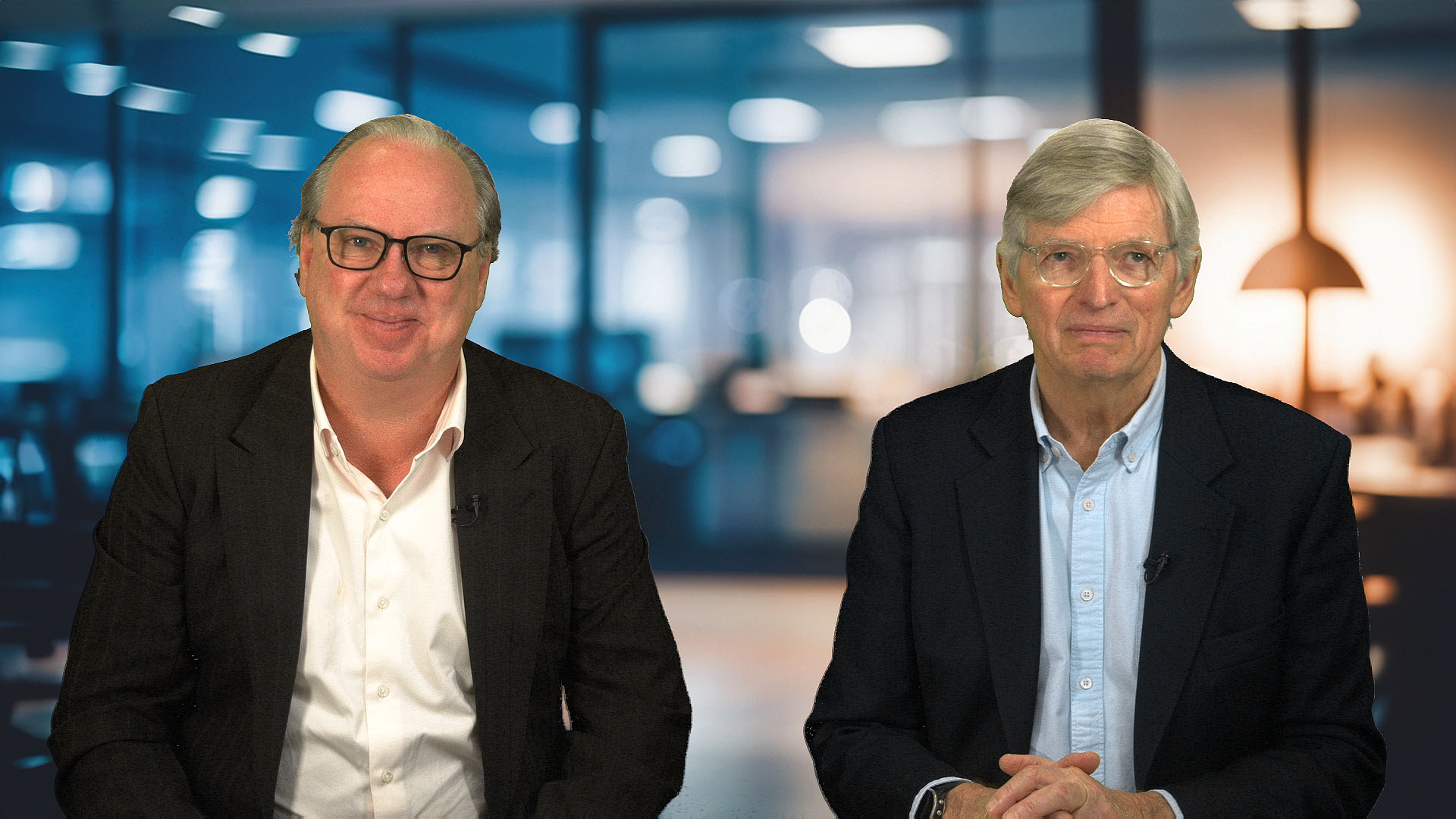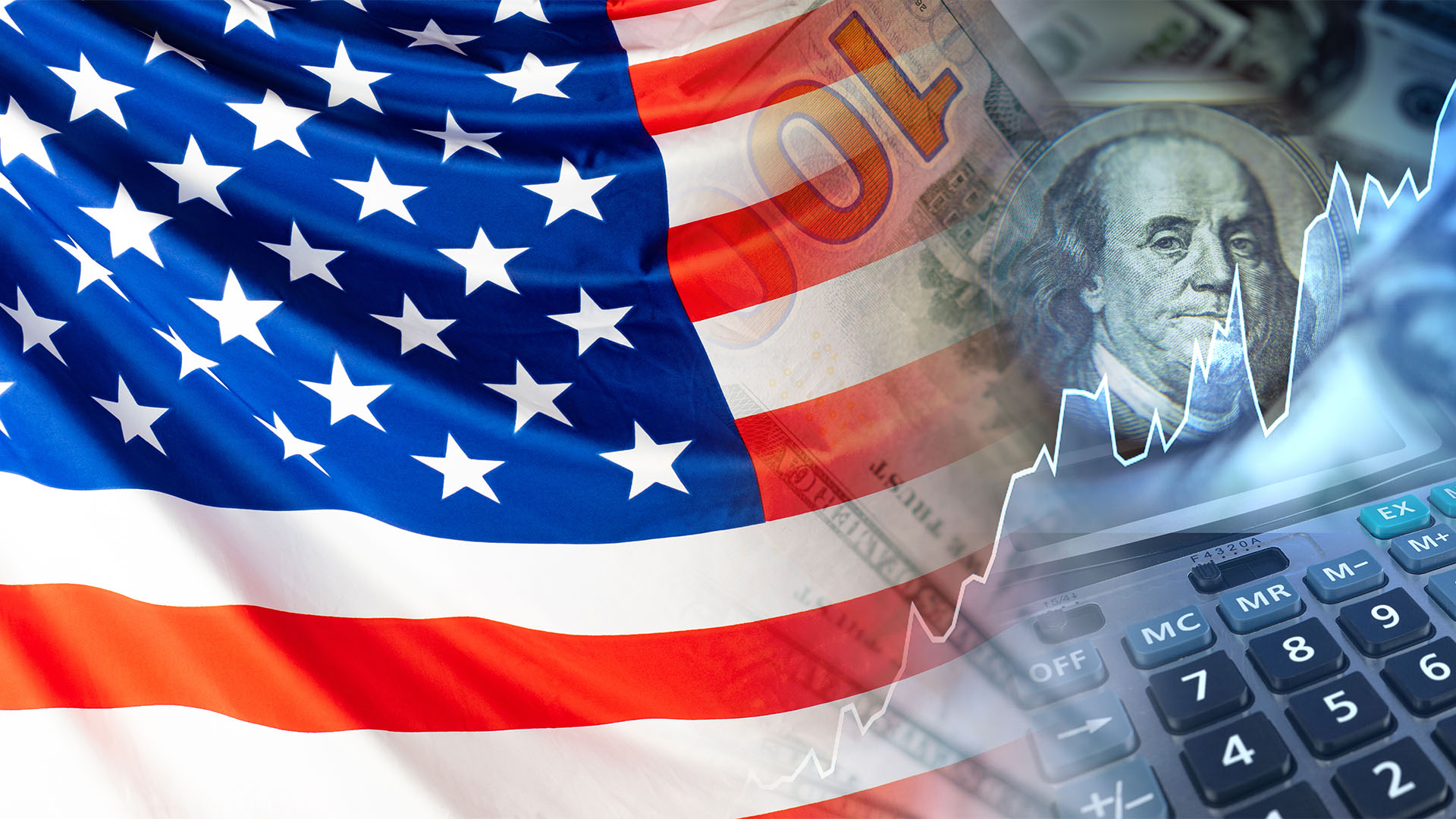Australia’s retail sales continued to drift in March, according to the latest monthly report from the Australian Bureau of Statistics.
Even though they were up 0.4% after February’s 0.2% rise, in dollar terms the $35.306 billion in sales was still 1.4% or more than half a billion short of the most recent peak of $35.838 billion in November.
Over the three months to March retail sales rose just $224 million, or 0.6% – a lacklustre performance that helps explain the weak quarterly reports from the likes of JB Hi Fi on Wednesday.
Sales were up 5.4% on March, 2022, but that was down from the 6.4% growth rate in February and 7.5% over 2022.
The data came a day after The Reserve Bank announced a further rise in official interest rates on Tuesday to 3.85% from 3.60%, citing a need to restrain inflation before inflation expectations rise.
It was the 11th increase since May 2022, with a record 375 basis points added to the cash rate in that time.
Those rate rises have slowed consumer spending, but not crushed it as shoppers have ‘traded down’ to cheaper products, foods and own brand items in supermarkets, or cut purchases of expensive meat and fresh produce.
Ben Dorber, ABS head of retail statistics, said that while retail sales recorded a third straight rise in March, a pull-back in spending on discretionary goods has seen monthly turnover remain at a similar level to six months ago.
“The latest Consumer Price Index showed that while growth in inflation slowed in the March quarter, it remained at a high level. To see the effect of consumer prices on recent turnover growth, it will be important to look at quarterly retail sales volumes which we release next week,” Mr Dorber said on Wednesday.
But with the CPI rising 1.4% quarter on quarter and the ABS data showing a 0.6% rise, it’s clear sales went backwards in real terms over the three months.
This month’s rise was driven by the combined growth in food-related spending, with rises in both cafes, restaurants and takeaway food services (+1.5 per cent) and food retailing (+1.0 per cent).
“Food retailing has now recorded 13 consecutive monthly rises, largely driven by high food inflation,” Mr Dorber said (That also helps explain the solid quarterly updates from supermarket chains, Woolworths – sales up 8% and Coles, sales up 6.5% in the three months).
“Businesses in cafes, restaurants and takeaway food services are passing on their rising costs to consumers through price rises, while also benefitting from strong demand driven by the continued return of large-scale cultural and sporting events.”
“Spending on non-food retailing has slowed in response to interest rate rises and increased cost of living pressures. This follows increased spending during and immediately following much of the COVID-19 pandemic period.”
Of the non-food industries, clothing, footwear and personal accessory retailing (-1.0 per cent) had the largest fall, followed by household goods (-0.4 per cent) and department stores (-0.2 per cent). Other retailing remained flat (0.0 per cent).
Retail turnover rose modestly across the states and territories, with most rises below 1.0%. Queensland (+1.2%) was the only state or territory to record a rise over 1.0% and this was a bounce back from February’s 0.4% drop.













